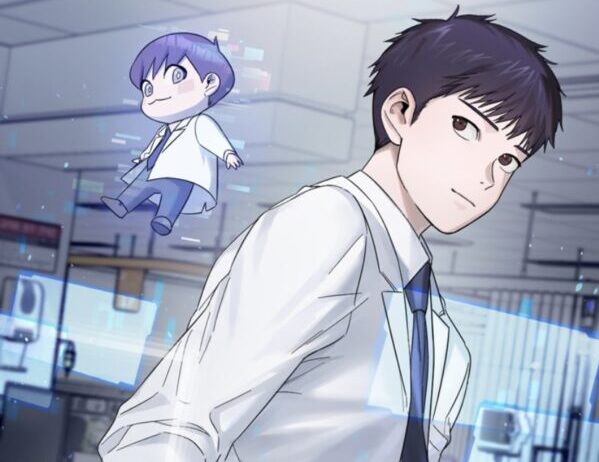A study in the Netherlands suggests that ChatGPT, a computer program that uses artificial intelligence (AI), is just as good as doctors in the Emergency Room (A&E) at figuring out what might be wrong with patients. This could help reduce the time patients have to wait for medical help.
In the study, researchers in the Netherlands used ChatGPT, which is like a smart computer program, to analyze information about 30 patients who went to the emergency room last year. They gave ChatGPT information from doctors’ notes, lab test results, and other medical information. Then, they compared the list of possible diagnoses suggested by ChatGPT with what the real doctors thought and what was actually wrong with the patients.
The results showed that ChatGPT did as well as doctors in coming up with a list of possible diagnoses. Doctors were right in their top five guesses 87% of the time, while ChatGPT version 3.5 was correct 97% of the time, and ChatGPT 4.0 was right 87% of the time.
The researchers said that although ChatGPT did a good job, more work needs to be done before it can be used in real-life situations. However, it’s possible that in the future, ChatGPT could help doctors in the emergency room, which might mean shorter wait times for patients.
This study comes at a time when A&E departments are facing long waiting times, especially in the summer and during the winter. There have been concerns about how the healthcare system can handle these challenges.
The study was led by Dr. Hidde ten Berg and Dr. Steef Kurstjens from Jeroen Bosch Hospital in the Netherlands. Dr. ten Berg said that ChatGPT did a good job at suggesting medical diagnoses, but it’s not a replacement for doctors, and there are privacy concerns when using it with medical information.
While this technology is promising, it might be a while before we see it widely used in healthcare. Dr. Ian Higginson, the vice president of the Royal College of Emergency Medicine, thinks there’s still a lot of work to be done before it can be used effectively in the healthcare system.
In the end, the hope is that this technology can assist doctors in their work and help patients get the care they need more quickly.












